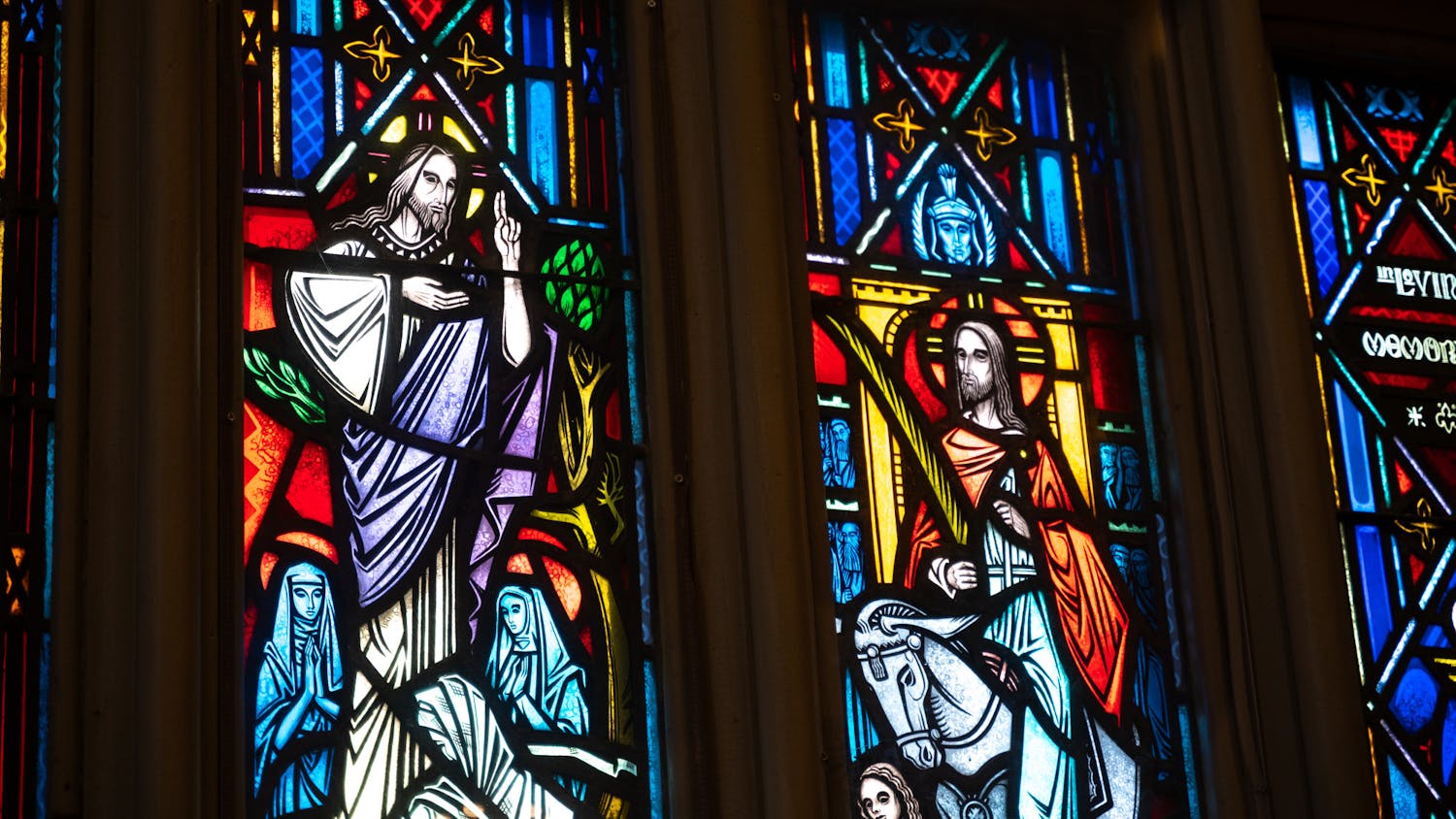A research team at the University of Wisconsin-Madison has taken a major step toward deciphering the complexity of the respiratory syncytial virus (RSV) structure. Led by Elizabeth Wright, a professor of biochemistry, this team has released new high-resolution images of the virus that will aid in developing new treatment and vaccine options.
Globally, RSV is the cause of nearly 3 million hospitalizations and 160,000 deaths annually, according to the National Institute of Allergy and Infectious Disease and the Infectious Diseases Society of America.
Due to the intricate structure of the virus, treatment and vaccine options are extremely limited.
High-risk children can receive preventative treatment, and two vaccines have been recently approved for older adults, according to the American Academy of Pediatrics and the New England Journal of Medicine. But for most Americans, there remains no efficient way to treat or prevent this virus.
The Journal of General Virology describes infectious RSV particles as filamentous and pleomorphic, meaning they possess long, thread-like structures that can be irregular in length and width. The complexity of these virus particles has limited development of preventative and treatment drugs — researchers such as Wright’s team have had difficulty determining drug targets within these highly intricate structures.
Identifying these drug targets requires an understanding of what proteins regulate the structure of infectious RSV particles.
As described in their recent publication in Nature, Wright’s research team produced high-resolution 3D images of the virus and the proteins that determine its structure.
Utilizing a technique called cryo-electron tomography, in which infectious RSV particles are frozen at cryogenic temperatures, they were able to inspect the structure of RSV at certain moments in time. They captured 2D images of the frozen infectious viral particles at particular tilt increments. These images were then combined and averaged to computationally generate a 3D representation of the virus structure.
An analysis of this 3D representation revealed that the structure of two proteins — RSV M and RSV F proteins — within RSV are particularly critical to understanding the structure of the virus.
“The imaging found that the RSV M protein is regulating the structure of these filamentous particles,” Wright said. “The M protein forms a helical-like lattice, and it is this lattice of the protein coming together that is regulating RSV formation.”
These RSV M proteins also correspond to the positioning of another protein: RSV F. This membrane protein aids in the fusion of the viral RSV membrane with the host cell membrane.
The imaging of the protein structure revealed that RSV F proteins are arranged in pairs. Each pair is held together by a small “tag” or linkage. Wright said her team now intends to investigate the structure of this link between two RSV F proteins.
“We want to take a high-resolution image of the little link so we can engineer some sort of target to keep RSV F proteins linked,” said Wright. By keeping the linkage intact, she told the Cardinal, the virus will not be as infectious.
Along with further investigation of the RSV F protein, Wright’s team intends to study other potential drug targets on the interior of the virus.
“Having more high-resolution structure images will give us more pieces of the story,” Wright said.
As RSV is also related to several other viruses, including measles, rabies and Ebola, according to the Journal of General Virology, her team hopes that their discoveries regarding the structure of RSV can be applied to the development of treatment and vaccines for related viruses.






